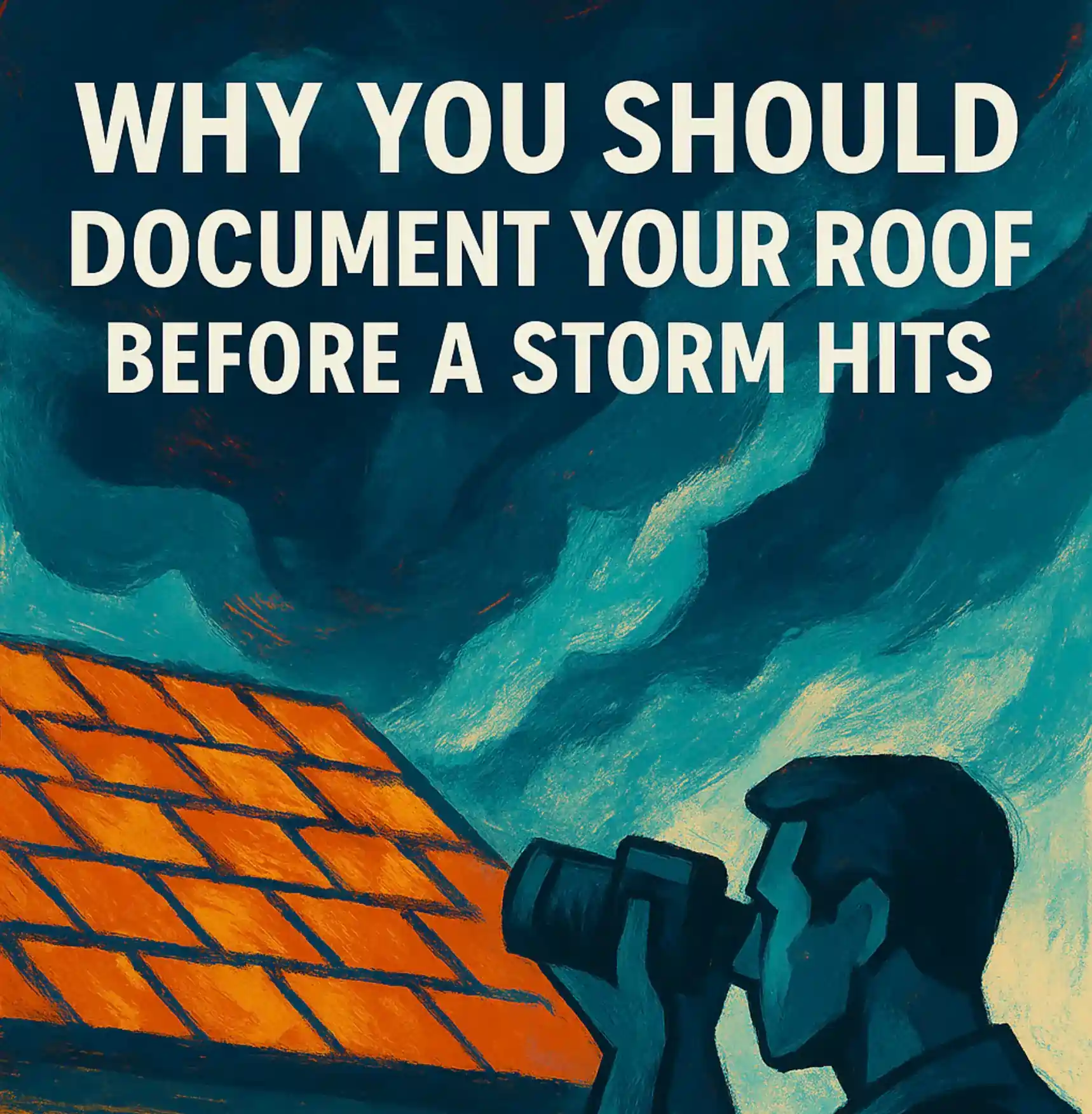Clogged Roof Gutters: 7 Problems They Cause and How to Prevent Them
While many homeowners schedule regular roof repairs, very few give the same attention to their roof gutter systems. But clogged roof gutters can silently cause serious—and expensive—damage to your home.
Though gutters often play a supporting role in your roofing system, they’re critical to protecting your home from water-related issues. From roof leaks to foundation damage, ignoring gutter maintenance is a risk no Sarasota homeowner can afford.
Below are the most common problems caused by clogged roof gutters and what you can do to prevent them.
Take the first step
Schedule a fast, no-pressure visit. Since 1987 we’ve got you covered.
Get started1. Causes Roof Leaks
Water that can’t drain properly may seep under shingles and into your home. Over time, this causes rot to your roof deck, soffits, and fascia boards. If you notice water stains on your ceiling or walls, contact a professional roofer right away.
2. Ice Damming (For Our Northern Friends)
In colder climates, clogged gutters can cause ice dams that trap melting snow. This water backs up under shingles, damaging insulation and increasing the risk of mold. Keep gutters clear and ensure proper attic ventilation to avoid this issue.
3. Wood Rot
Prolonged exposure to standing water can cause roof sheathing and rafters to rot. This weakens your roofing structure and, if neglected, could lead to partial or complete roof failure.
4. Mold Accumulation
Trapped debris creates an ideal environment for mold, algae, and moss. Aside from looking unsightly, this can lead to further roof deterioration and potential indoor health problems if mold spreads into your home.
5. Insect Infestation
Standing water is a breeding ground for mosquitoes, ants, termites, and other pests. These invaders can damage roofing materials and pose a health risk to your family.
6. Foundation Problems
Overflowing gutters allow water to pool around your foundation. This erosion can crack your foundation and compromise the structural integrity of your home, especially in areas with crawl spaces.
7. Flooded Basements (For Our Northern Friends)
Without proper drainage, water can seep into basements and cause mold, mildew, or structural damage. Waterproofing and gutter systems with gutter guards or French drains help keep water flowing away from your home.
How Gutter Guards Can Help
Gutter guards are protective covers that keep debris out while allowing water to flow freely. This reduces the frequency of cleanings and helps prevent all the issues mentioned above.
Popular types of gutter guards include:
Reverse Cover Guards
Also called surface tension guards, these guide water into a narrow slit while pushing debris off the edge. They’re good at preventing large debris but may struggle in heavy rainfall.
Mesh Gutter Guards
Fine or micro-mesh sheets sit on top of the gutter, catching debris while letting water through. These offer the best filtration but are harder to install.
Sponge Guards
Simple and DIY-friendly, sponge guards fit directly inside gutters to block leaves. However, they may retain seeds or debris over time, requiring occasional inspection.
Slit Gutter Covers
Made of vinyl or plastic with recessed slots, these covers direct water into slits while deflecting leaves. Like reverse guards, they are less effective during downpours.
Protect Your Roof Gutters in Sarasota
Your home’s location, roof slope, and tree coverage determine the kind of gutter challenges you face. Choosing the right gutter guard system can prevent water damage and reduce maintenance hassle.
At SonShine Roofing, we provide expert gutter guard installation tailored to your home’s unique needs in Sarasota, FL and surrounding areas. Don’t let clogged roof gutters ruin your investment—get in touch today!















